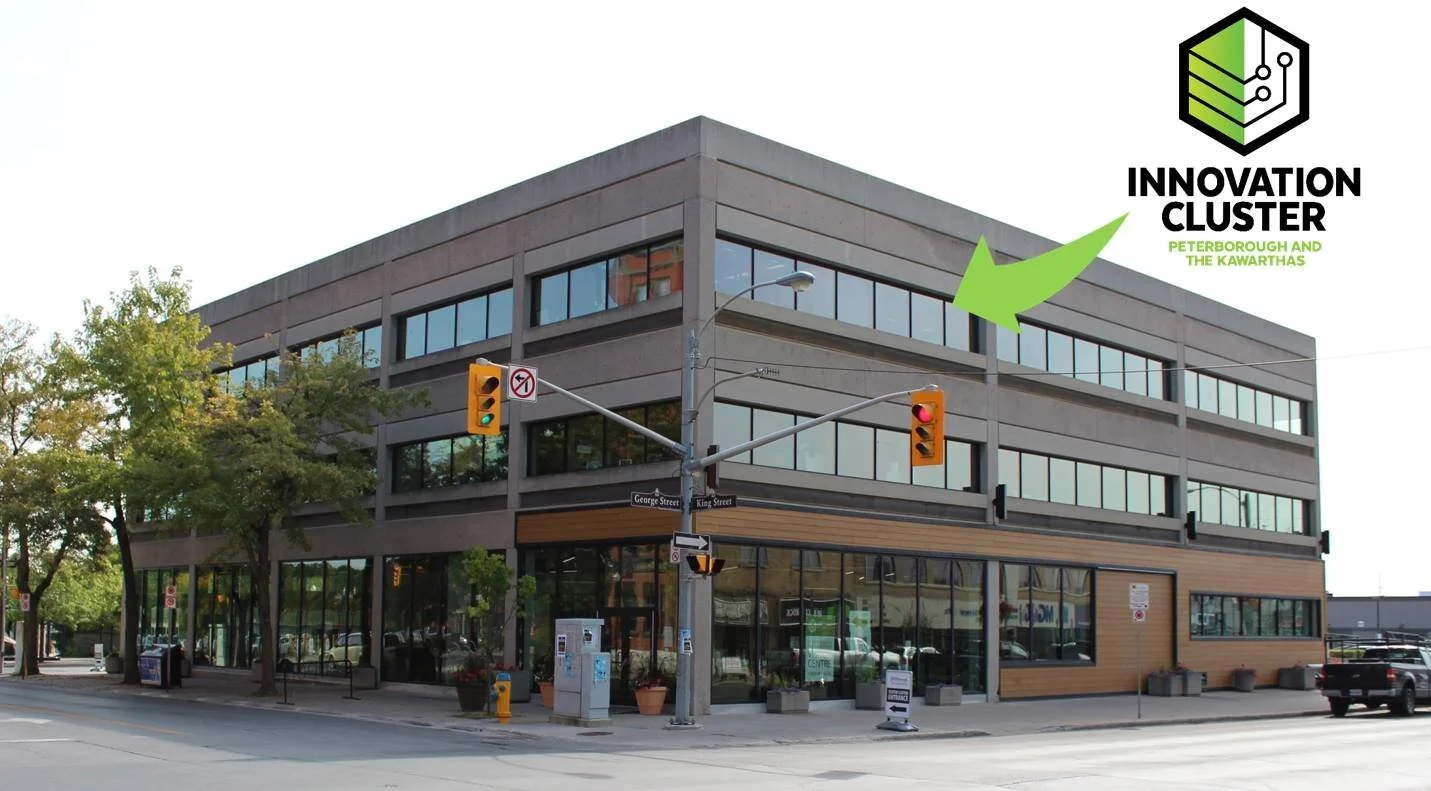One area we can invest is in the mental health of our teams. The last few years have left a lot of people in a situation where they aren’t at their best. The workplace has come a long way in terms of how we talk about mental health and support workers through their journey, but there’s more progress to be made.
The Ontario Chamber of Commerce (OCC) and Medavie recently announced a new research project aimed at accelerating health and economic solutions to tackle the surge in mental health challenges since the onset of COVID-19, known as the mental health “echo pandemic.” The Peterborough and the Kawarthas Chamber of Commerce, the OCC, and many other business-focused organizations across the province are committed to supporting investment in the health and well-being of Ontarians, adding to the overall resilience of the economy.
As per the OCC:
With mental health challenges and illnesses increasingly impacting individuals and communities, the OCC recognizes the urgent need for comprehensive solutions. Through this policy project, the OCC will delve into the socioeconomic impacts of the mental health crisis, from rising health care costs to lost productivity, absenteeism, and presenteeism. The goal is to generate actionable insights and policy recommendations that can guide policymakers, businesses, and the health sector in addressing Ontario’s mental health challenges.
“Mental health is a critical component of overall health, with significant implications for individuals, businesses, and the economy,” said Rocco Rossi, President and CEO, Ontario Chamber of Commerce. “By conducting research and collaborating with experts, we aim to identify effective strategies that support mental health, promote health system resilience, and drive economic prosperity in Ontario.”
Building on our previous work to tackle the mental health action gap, the OCC is proud to have the support of Medavie, a leading health solutions partner, in this vital project. Over the next several months, the OCC will lead a series of consultations with members and mental health stakeholders to identify specific obstacles, initiatives, and policy recommendations to address mental health and addictions challenges. A policy brief will be published in Fall 2023 as part of our Policy Primer Series, with key takeaways and recommendations for government and industry.
“We’ve seen the lasting impacts the pandemic has had on the mental health of individuals and communities,” said Matthew Crossman, Vice President, Operations, Medavie Health Services. “As part of our mission to improve the wellbeing of Canadians, we focus on increasing awareness of mental health and addictions supports and services while aiming to ensure people have access to the care they need, when and where they need it.” We are proud to partner with the Ontario Chamber of Commerce on this initiative in support of the people, businesses and communities we serve.”
We are inviting businesses, organizations, and people passionate about mental health to support this new research project. We are looking to create change in the workplace and promote a supportive policy environment that prioritizes mental wellness. To learn more or get involved, contact Sara Beyer, Senior Policy Analyst with the OCC, at sarabeyer@occ.ca.
Outside of this OCC initiative, we have numerous resources in our community for people and businesses to work with to address our mental health challenges. People who are getting the support they need will be happier, more reliable, and more efficient. It’s better for our communities and families while helping local businesses thrive.






















